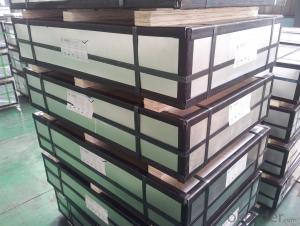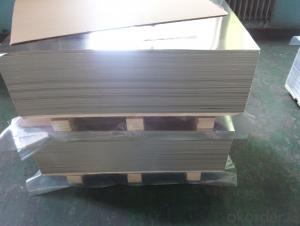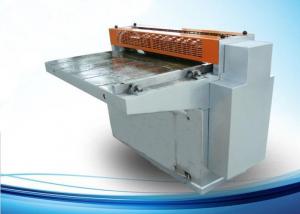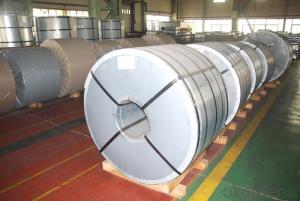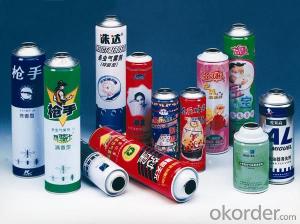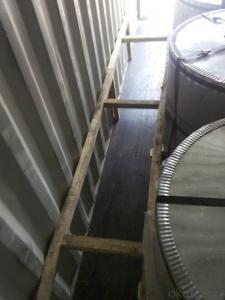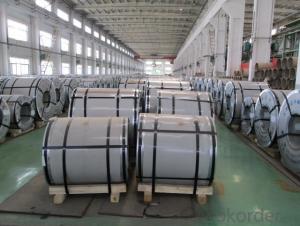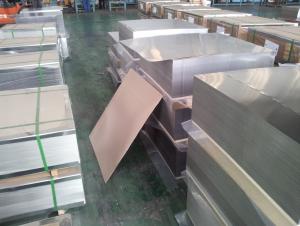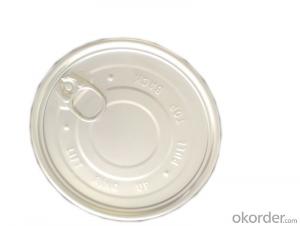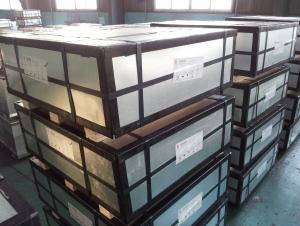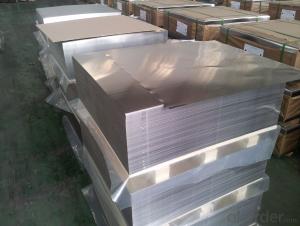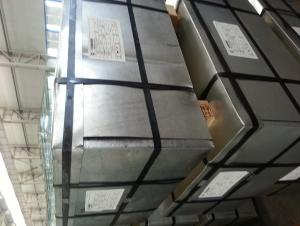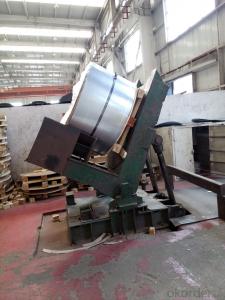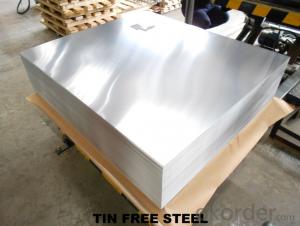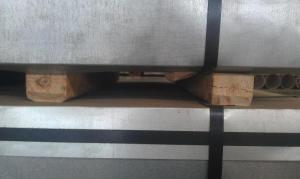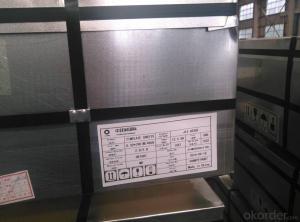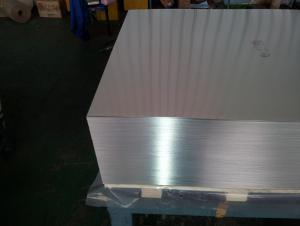Hornby Tinplate
Hornby Tinplate Related Searches
Hornby Tinplate Trains Hornby Tinplate O Gauge Printed Tinplate Spain Tinplate Thyssenkrupp Tinplate Turkey Tinplate Houston Tinplate Society Buy Tinplate Tinplate Uk Italy Tinplate Rasselstein Tinplate Tinplate Tins Printing Tinplate Crown Tinplate Tinplate China Tinplate Products Nse Tinplate Lacquered Tinplate Western Depot Tinplate Marx Tinplate Tinplate Material Tinplate Metal Tinplate Cover Tinplate Iron Tinplate Can Tata Tinplate Tinplate Collectables Tinplate Factory Tinplate Packaging South Africa TinplateHornby Tinplate Supplier & Manufacturer from China
Hornby Tinplate is a collection of high-quality model trains and accessories that cater to enthusiasts and collectors alike. These products are meticulously crafted to replicate the appearance and functionality of real-life trains, offering an immersive experience for hobbyists. The Hornby Tinplate range is widely used for creating detailed model railway layouts, dioramas, and for participating in model train exhibitions. These products are ideal for both beginners and experienced modelers, providing a diverse selection of locomotives, rolling stock, track, and scenic items to build and expand their model railway empires.The Hornby Tinplate products are designed to offer a realistic and engaging model railway experience, with a focus on historical accuracy and attention to detail. These model trains and accessories are perfect for those who enjoy recreating specific eras or regions, as well as for those who simply appreciate the craftsmanship and artistry involved in model railway building. Okorder.com is a leading wholesale supplier of Hornby Tinplate products, boasting a vast inventory that caters to a wide range of interests and requirements. By offering a comprehensive selection of Hornby Tinplate items, Okorder.com ensures that customers can find the perfect components to bring their model railway visions to life.
Hot Products

